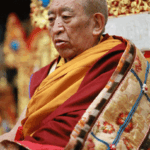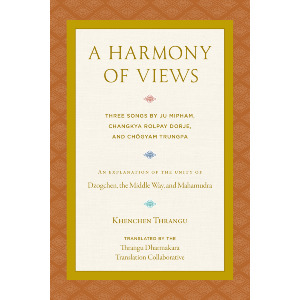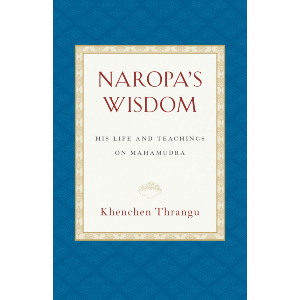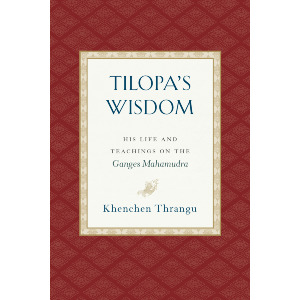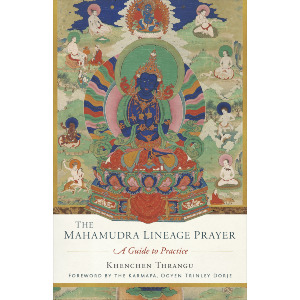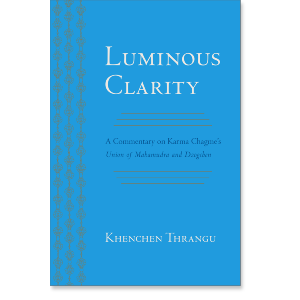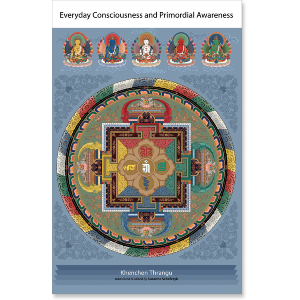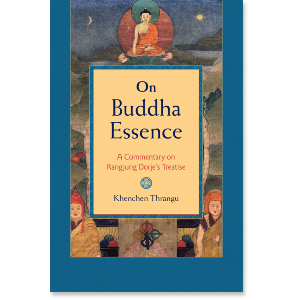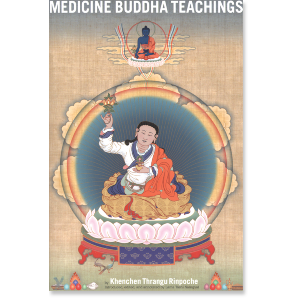| The following article is from the Winter, 2012 issue of the Snow Lion Newsletter and is for historical reference only. You can see this in context of the original newsletter here. |
Question: Rinpoche, I have a little bit of confusion about reconciling the mahamudra system of instruction, in which it seems basically to be saying that, because the mind's nature is naturally insubstantial and empty, it can be looked at and recognized at any time. I want to reconcile this with the common presentation of the paths and levels. We are told in a very matter-of-fact way that it is utterly impossible for beginners on either the path of accumulation or the path of juncture to generate direct realization of emptiness, or absolute truth. What we can do at best is generate a similitude, or something that is concordant with absolute truth, but we are taught that it is not the absolute truth itself. What I am wondering is, if this is the casesay if most people are at one of the first two levels of the path of accumulation, the lesser level, or the medium levelif one had the appropriate training and circumstances, such as having these instructions, such as having a great deal of faith and devotion, having a lama endowed with realization, would it be possible for them, given those circumstances, to suddenly generate the realization and somehow jump over these first two paths to the path of seeing? I cannot fit these two systems together in my mind.
Rinpoche: The reason, first of all, for the difference in presentation between the mahamudra systems and the sutra systems with regard to the question at what point the nature of things can be directly experienced is that, in the sutra system, the practice leading to the realization of emptiness consists of the use of analysis and the use of reasoning, and there is no presentation in the sutra system of the direct pointing out of one's mind. If one uses the techniques of the sutra system alone, then one's resources consist of the gathering of the accumulations and the cultivation of an abstraction of emptiness, and being limited to that, then one will not have a direct realization of emptiness until the path of seeing. On the other hand, in the traditions of the Vajrayana in general, and the mahamudra in particular, the emphasis is on the direct pointing out to the student of the nature of his or her mind, and since the mind is something that is easily realized directly to be empty, then through that, one comes to have a glimpse of emptiness. Having a glimpse of the emptiness of mind, one has a glimpse of the emptiness of all things, and since emptiness of mind is the same emptiness as that of all things, in that way then, a beginner does see the dharmata, does have a glimpse of dharmata long before the path of seeing. However, at the same time, what this beginner has is a glimpse, not a continuous and stable realization of dharmata. Although, through the practice of the mahamudra system, one can gradually stabilize it and deepen it until one attains the authentic path of seeing, as far as the relationship between the wisdom that is generated by the beginner who receives the pointing out instruction and identifies the mind's nature and the wisdom of the path of seeing, we would have to say that what that beginner generates in the mahamudra system is a glimpse of the path of seeing, but is not the full and authentic attainment of the path of seeing.

...in the traditions of the Vajrayana in general, and the mahamudra in particular, the emphasis is on the direct pointing out to the student of the nature of his or her mind.
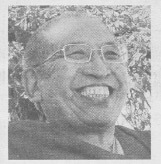
adapted from Pointing Out the Dharmakaya by Thrangu Rinpoche

